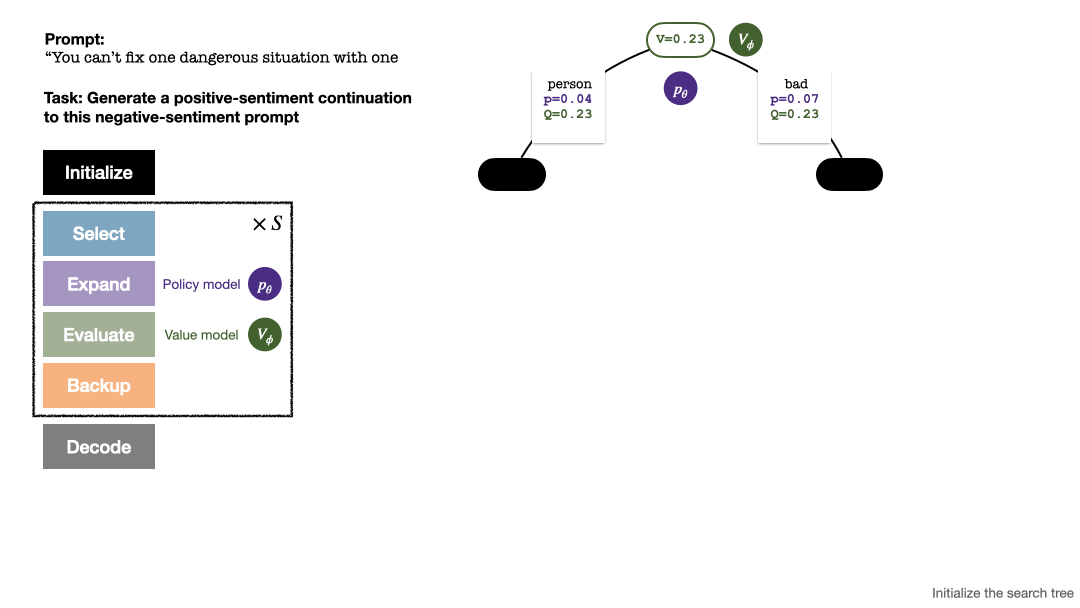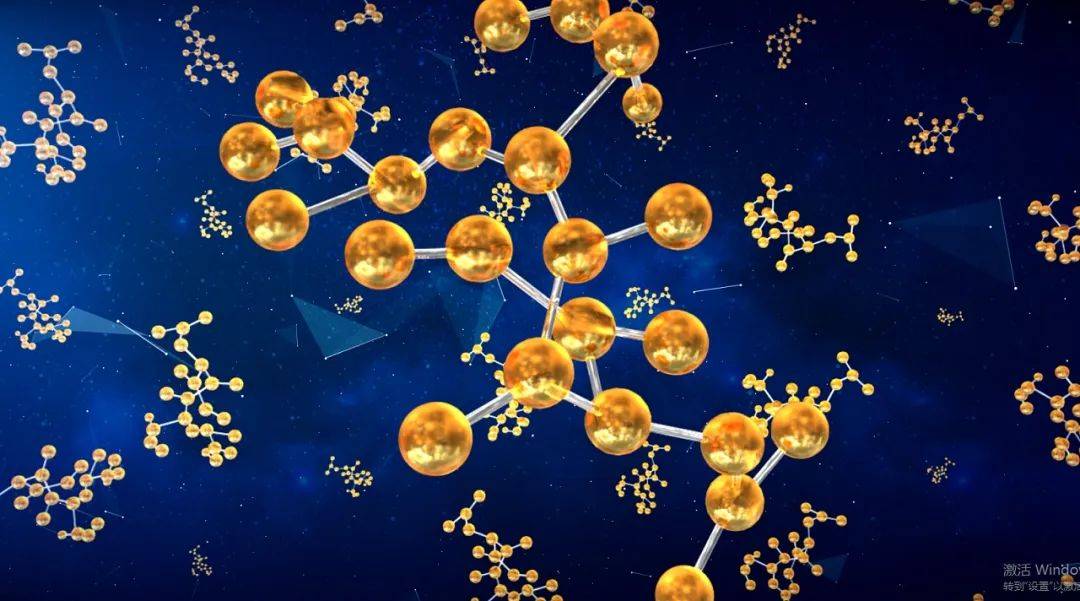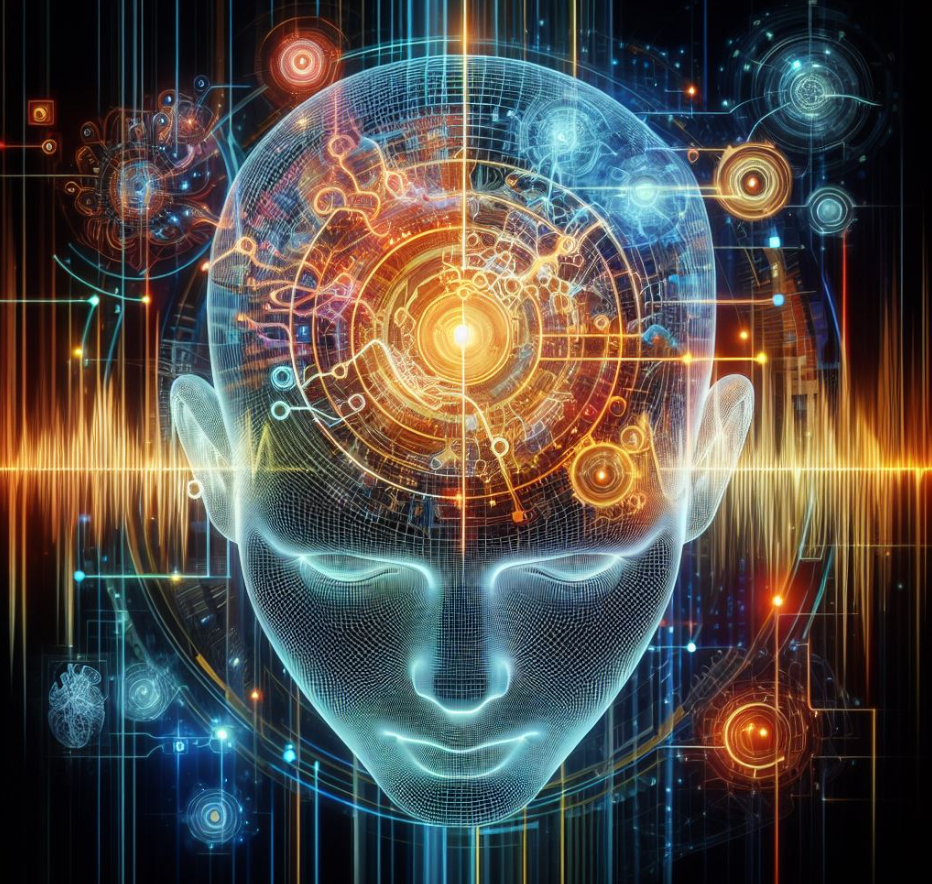 Technology peripherals
Technology peripherals AI
AI To improve the utilization of optical data sets, the Tianda team proposed an AI model to enhance spectral prediction effects
To improve the utilization of optical data sets, the Tianda team proposed an AI model to enhance spectral prediction effects
Editor | Dead Leaf Butterfly
Recently, the team of Associate Professor Wu Liang and Academician Yao Jianquan of the Institute of Laser and Optoelectronics of Tianjin University and the team of Professor Xiong Deyi of the Natural Language Processing Laboratory reported A scheme to enhance spectral predictions using deep learning models with multi-frequency supplementary inputs. This scheme can improve the accuracy of spectral prediction by using multi-frequency input data. In addition, this solution can also reduce noise interference in the spectrum prediction process, thereby improving the prediction effect.
This solution can improve the utilization of existing optical data sets and enhance the prediction effect of the spectral response corresponding to the metasurface structure without increasing the training cost.
The relevant research results were titled "Enhanced spectrum prediction using deep learning models with multi-frequency supplementary inputs" and were published in "APL Machine Learning" on May 16, 2024 》.

Paper link: https://doi.org/10.1063/5.0203931
Research background
In recent years, the rapid development of deep learning technology has brought unprecedented changes and innovations to various fields, and has become an effective tool for processing complex and huge data in multiple disciplines.
Methods based on neural networks can effectively detect relevant features and potential patterns of target data, but there are still certain challenges if the deep learning model directly learns these related data from different fields and different formats. To solve this problem, feature extraction techniques can be used. Feature extraction techniques can transform raw data into a representation suitable for a specific task. Different feature extraction methods can be used, such as FFT based on frequency domain analysis, WT based on wavelet transform, etc. By applying these technologies, different fields can be combined.
In recent years, research fields that combine deep learning technology have generally faced problems such as the small size and low quality of existing data sets, which has affected the model's ability to perform target tasks. learning result.
In the entire "AI for Science" research process, the most expensive part is mainly the construction of data sets. Therefore, how to use existing data sets more effectively is crucial.
Research by the Tianjin University team has proven that adding supplementary multi-frequency input information to the existing data set during the target spectrum prediction process can significantly improve the prediction accuracy of the network. This approach provides new ideas for using data sets for interdisciplinary research and applications in deep learning and other fields such as photonics, composite material design, and biomedicine.
Research Highlights
The innovative point of the research is to propose the idea of splitting spectral information in the full frequency range, which is manifested in combining the actual design requirements and dividing the full-frequency spectral information according to The learning tasks are split into the working frequency part and the non-working frequency part.
In order to demonstrate the universality of this solution, the target operating frequency band was refined into a low-frequency information (0-1 THz) part and a high-frequency information (1-2 THz) part to demonstrate the enhancement of model learning. Effect.
Compared with direct prediction of the working frequency range data, after supplementing other frequency information, the overall transmission spectrum data prediction error dropped by about 80%. Among them, the Transformer-based model after supplementing the low-frequency information , the prediction error is only about 40% of the direct prediction. The designed metasurface structure and model architecture are shown in Figure 1:

In order to more intuitively demonstrate the prediction effect of optimized amplitude and phase parameters at different operating frequencies, some metasurface structures are randomly selected for simulation demonstration in CST Studio Suite software, as shown in Figure 2:

Figure 2 Schematic diagram of the prediction effect of optimized high-frequency and low-frequency data. (a)-(f) Demonstrate the different prediction performance of the optimized network model in different frequency ranges by comparing real data (purple solid line) with predicted data (black dashed line). Green areas represent frequency information data used as supplementary input, while yellow areas represent areas used to validate optimized prediction performance. where a and b represent the prediction results of the high-frequency and low-frequency amplitudes of the x-polarization state. (c)-(d) Prediction results of high-frequency and low-frequency amplitudes of y-polarization state. (e)-(f) Prediction results of high-frequency and low-frequency phases.
Summary and Outlook
This research effectively improves the utilization efficiency of existing data sets by conducting targeted data set splitting for learning tasks of different optical problems. This further improves the learning effect of the deep learning model.
This optimization solution effectively alleviates the problem of small existing optical data sets (especially related data sets in the terahertz band), and also provides more research areas that combine deep learning technology but have expensive data, such as Composites design, medical image analysis, financial data prediction, and more provide a new perspective on optimizing data sets.
The above is the detailed content of To improve the utilization of optical data sets, the Tianda team proposed an AI model to enhance spectral prediction effects. For more information, please follow other related articles on the PHP Chinese website!
 五个时间序列预测的深度学习模型对比总结May 05, 2023 pm 05:16 PM
五个时间序列预测的深度学习模型对比总结May 05, 2023 pm 05:16 PMMakridakisM-Competitions系列(分别称为M4和M5)分别在2018年和2020年举办(M6也在今年举办了)。对于那些不了解的人来说,m系列得比赛可以被认为是时间序列生态系统的一种现有状态的总结,为当前得预测的理论和实践提供了经验和客观的证据。2018年M4的结果表明,纯粹的“ML”方法在很大程度上胜过传统的统计方法,这在当时是出乎意料的。在两年后的M5[1]中,最的高分是仅具有“ML”方法。并且所有前50名基本上都是基于ML的(大部分是树型模型)。这场比赛看到了LightG
 RLHF与AlphaGo核心技术强强联合,UW/Meta让文本生成能力再上新台阶Oct 27, 2023 pm 03:13 PM
RLHF与AlphaGo核心技术强强联合,UW/Meta让文本生成能力再上新台阶Oct 27, 2023 pm 03:13 PM在一项最新的研究中,来自UW和Meta的研究者提出了一种新的解码算法,将AlphaGo采用的蒙特卡洛树搜索算法(Monte-CarloTreeSearch,MCTS)应用到经过近端策略优化(ProximalPolicyOptimization,PPO)训练的RLHF语言模型上,大幅提高了模型生成文本的质量。PPO-MCTS算法通过探索与评估若干条候选序列,搜索到更优的解码策略。通过PPO-MCTS生成的文本能更好满足任务要求。论文链接:https://arxiv.org/pdf/2309.150
 MIT团队运用机器学习闭环自主分子发现平台,成功发现、合成和描述了303种新分子Jan 04, 2024 pm 05:38 PM
MIT团队运用机器学习闭环自主分子发现平台,成功发现、合成和描述了303种新分子Jan 04, 2024 pm 05:38 PM编辑|X传统意义上,发现所需特性的分子过程一直是由手动实验、化学家的直觉以及对机制和第一原理的理解推动的。随着化学家越来越多地使用自动化设备和预测合成算法,自主研究设备越来越接近实现。近日,来自MIT的研究人员开发了由集成机器学习工具驱动的闭环自主分子发现平台,以加速具有所需特性的分子的设计。无需手动实验即可探索化学空间并利用已知的化学结构。在两个案例研究中,该平台尝试了3000多个反应,其中1000多个产生了预测的反应产物,提出、合成并表征了303种未报道的染料样分子。该研究以《Autonom
 Code Llama代码能力飙升,微调版HumanEval得分超越GPT-4,一天发布Aug 26, 2023 pm 09:01 PM
Code Llama代码能力飙升,微调版HumanEval得分超越GPT-4,一天发布Aug 26, 2023 pm 09:01 PM昨天,Meta开源专攻代码生成的基础模型CodeLlama,可免费用于研究以及商用目的。CodeLlama系列模型有三个参数版本,参数量分别为7B、13B和34B。并且支持多种编程语言,包括Python、C++、Java、PHP、Typescript(Javascript)、C#和Bash。Meta提供的CodeLlama版本包括:代码Llama,基础代码模型;代码羊-Python,Python微调版本;代码Llama-Instruct,自然语言指令微调版就其效果来说,CodeLlama的不同版
 AI助力脑机接口研究,纽约大学突破性神经语音解码技术,登Nature子刊Apr 17, 2024 am 08:40 AM
AI助力脑机接口研究,纽约大学突破性神经语音解码技术,登Nature子刊Apr 17, 2024 am 08:40 AM作者|陈旭鹏编辑|ScienceAI由于神经系统的缺陷导致的失语会导致严重的生活障碍,它可能会限制人们的职业和社交生活。近年来,深度学习和脑机接口(BCI)技术的飞速发展为开发能够帮助失语者沟通的神经语音假肢提供了可行性。然而,神经信号的语音解码面临挑战。近日,约旦大学VideoLab和FlinkerLab的研究者开发了一个新型的可微分语音合成器,可以利用一个轻型的卷积神经网络将语音编码为一系列可解释的语音参数(例如音高、响度、共振峰频率等),并通过可微分神经网络将这些参数合成为语音。这个合成器
 准确率 >98%,基于电子密度的 GPT 用于化学研究,登 Nature 子刊Mar 27, 2024 pm 02:16 PM
准确率 >98%,基于电子密度的 GPT 用于化学研究,登 Nature 子刊Mar 27, 2024 pm 02:16 PM编辑|紫罗可合成分子的化学空间是非常广阔的。有效地探索这个领域需要依赖计算筛选技术,比如深度学习,以便快速地发现各种有趣的化合物。将分子结构转换为数字表示形式,并开发相应算法生成新的分子结构是进行化学发现的关键。最近,英国格拉斯哥大学的研究团队提出了一种基于电子密度训练的机器学习模型,用于生成主客体binders。这种模型能够以简化分子线性输入规范(SMILES)格式读取数据,准确率高达98%,从而实现对分子在二维空间的全面描述。通过变分自编码器生成主客体系统的电子密度和静电势的三维表示,然后通
 手机摄影技术让以假乱真的好莱坞级电影特效视频走红Sep 07, 2023 am 09:41 AM
手机摄影技术让以假乱真的好莱坞级电影特效视频走红Sep 07, 2023 am 09:41 AM一个普通人用一台手机就能制作电影特效的时代已经来了。最近,一个名叫Simulon的3D技术公司发布了一系列特效视频,视频中的3D机器人与环境无缝融合,而且光影效果非常自然。呈现这些效果的APP也叫Simulon,它能让使用者通过手机摄像头的实时拍摄,直接渲染出CGI(计算机生成图像)特效,就跟打开美颜相机拍摄一样。在具体操作中,你要先上传一个3D模型(比如图中的机器人)。Simulon会将这个模型放置到你拍摄的现实世界中,并使用准确的照明、阴影和反射效果来渲染它们。整个过程不需要相机解算、HDR
 谷歌用大型模型训练机器狗理解模糊指令,激动不已准备去野餐Jan 16, 2024 am 11:24 AM
谷歌用大型模型训练机器狗理解模糊指令,激动不已准备去野餐Jan 16, 2024 am 11:24 AM人类和四足机器人之间简单有效的交互是创造能干的智能助理机器人的途径,其昭示着这样一个未来:技术以超乎我们想象的方式改善我们的生活。对于这样的人类-机器人交互系统,关键是让四足机器人有能力响应自然语言指令。近来大型语言模型(LLM)发展迅速,已经展现出了执行高层规划的潜力。然而,对LLM来说,理解低层指令依然很难,比如关节角度目标或电机扭矩,尤其是对于本身就不稳定、必需高频控制信号的足式机器人。因此,大多数现有工作都会假设已为LLM提供了决定机器人行为的高层API,而这就从根本上限制了系统的表现能


Hot AI Tools

Undresser.AI Undress
AI-powered app for creating realistic nude photos

AI Clothes Remover
Online AI tool for removing clothes from photos.

Undress AI Tool
Undress images for free

Clothoff.io
AI clothes remover

AI Hentai Generator
Generate AI Hentai for free.

Hot Article

Hot Tools

SAP NetWeaver Server Adapter for Eclipse
Integrate Eclipse with SAP NetWeaver application server.

EditPlus Chinese cracked version
Small size, syntax highlighting, does not support code prompt function

Dreamweaver Mac version
Visual web development tools

Notepad++7.3.1
Easy-to-use and free code editor

VSCode Windows 64-bit Download
A free and powerful IDE editor launched by Microsoft





